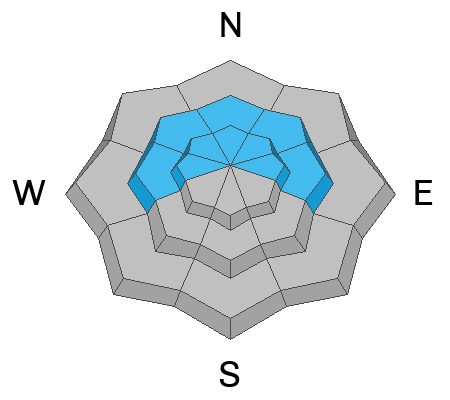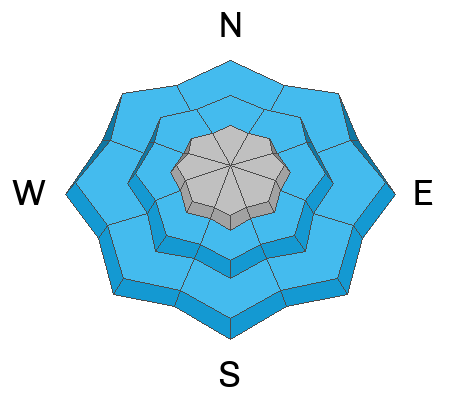Forecast for the Provo Area Mountains

Issued by Dave Kelly on
Sunday morning, February 2, 2025
Sunday morning, February 2, 2025
The avalanche danger is CONSIDERABLE at all aspects and elevations where it will be likely for humans to trigger avalanches failing on a layer of weak sugary faceted snow now buried under new snow and wind drifts. These avalanches could be 1'-3' deep and could be larger if they involve the facets near the ground.
With warming temperatures and rain up to 8,500' there is a possibility of wet snow avalanches in lower elevation terrain. This is of particular concern to ice climbers who spend most of their time in exposed gullies in avalanche paths. Be certain of what's above you before starting your ascent.
With warming temperatures and rain up to 8,500' there is a possibility of wet snow avalanches in lower elevation terrain. This is of particular concern to ice climbers who spend most of their time in exposed gullies in avalanche paths. Be certain of what's above you before starting your ascent.
Strong winds created fresh wind-drifts at mid and upper elevations. These drifts may break above you; and can be avoided by choosing to travel on lower angle, less than 30° slopes out of the wind zone.

Low
Moderate
Considerable
High
Extreme
Learn how to read the forecast here









